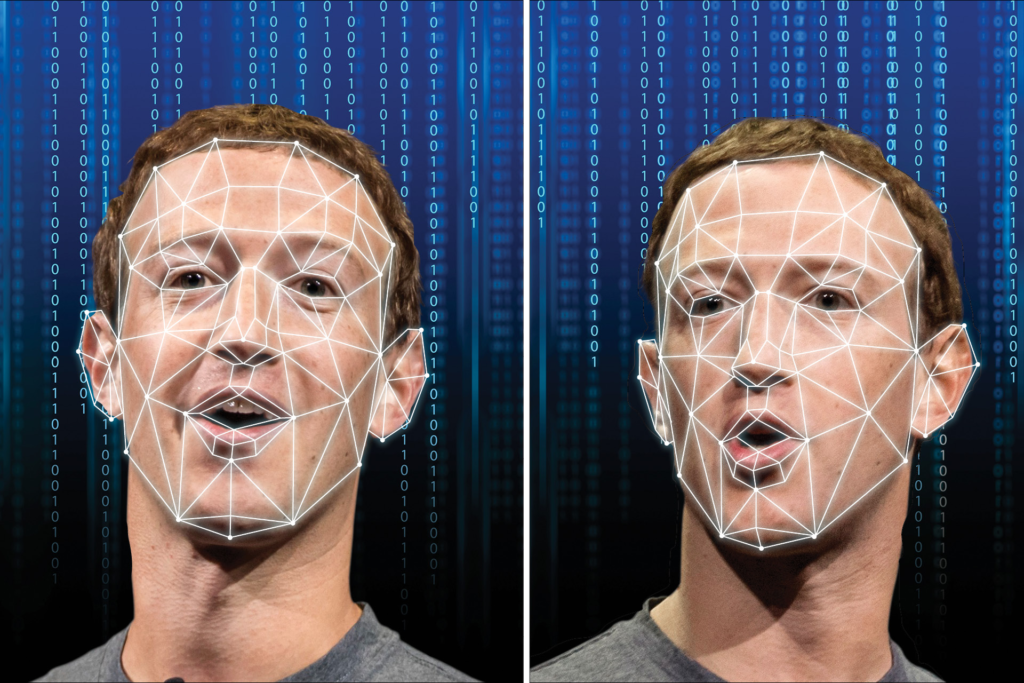In the ever-evolving landscape of digital media, the advent of deepfakes has added a layer of complexity to the challenge of distinguishing reality from fiction. These manipulated videos and images, capable of altering faces, voices, and bodies, are often wielded for malicious intent, spreading misinformation, or engaging in harmful activities such as revenge porn.

Detecting deepfakes has become a nuanced task, with technology advancing at a rapid pace. Early attempts to identify anomalies, like the absence of blinking in deepfake faces, were quickly countered by creators refining their techniques. As a result, the line between authentic content and deepfake has become increasingly difficult to discern.
However, not all deepfakes are created equal. Poor-quality material tends to reveal its artificial nature through mismatched lip syncs, unnatural skin tones, and challenges in replicating intricate details like hair strands. Even with advancements, there remain difficulties in emulating side profiles, with algorithms excelling in rendering frontal face profiles.
In response to the growing threat of deepfakes, institutions like the Massachusetts Institute of Technology (MIT) have taken steps to empower individuals in the fight against digital deception. The MIT Detect Fakes website is a valuable resource, educating users on specific attributes such as facial transformations, glares, blinking, and lip movements that can expose the true nature of a deepfake.
In this era of information uncertainty, the art of fact-checking remains paramount. Skepticism is warranted when content appears too good to be true, and cross-checking with reliable sources becomes a necessity to unravel the authenticity of the information.
Encountering a deepfake requires a thoughtful response. The cardinal rule is to refrain from sharing, as even well-intentioned dissemination for educational purposes can inadvertently perpetuate the deception. Deepfakes, once unleashed into the digital realm, often take on a life of their own.
For those unfortunate enough to find themselves victimized by a deepfake, swift action is imperative. Seeking legal counsel with expertise in media and related laws is crucial, as the creation of content without knowledge or permission is not only a breach of privacy but also illegal.
As deepfake technology continues to advance, individual vigilance and responsibility become essential. MIT’s initiative, along with other emerging resources, equips individuals with the tools needed to discern reality from the fabricated. By understanding the nuances of detection, practicing vigilant fact-checking, and exercising responsible sharing habits, we can collectively navigate the digital landscape and mitigate the harmful impact of deepfakes on our information ecosystem.


